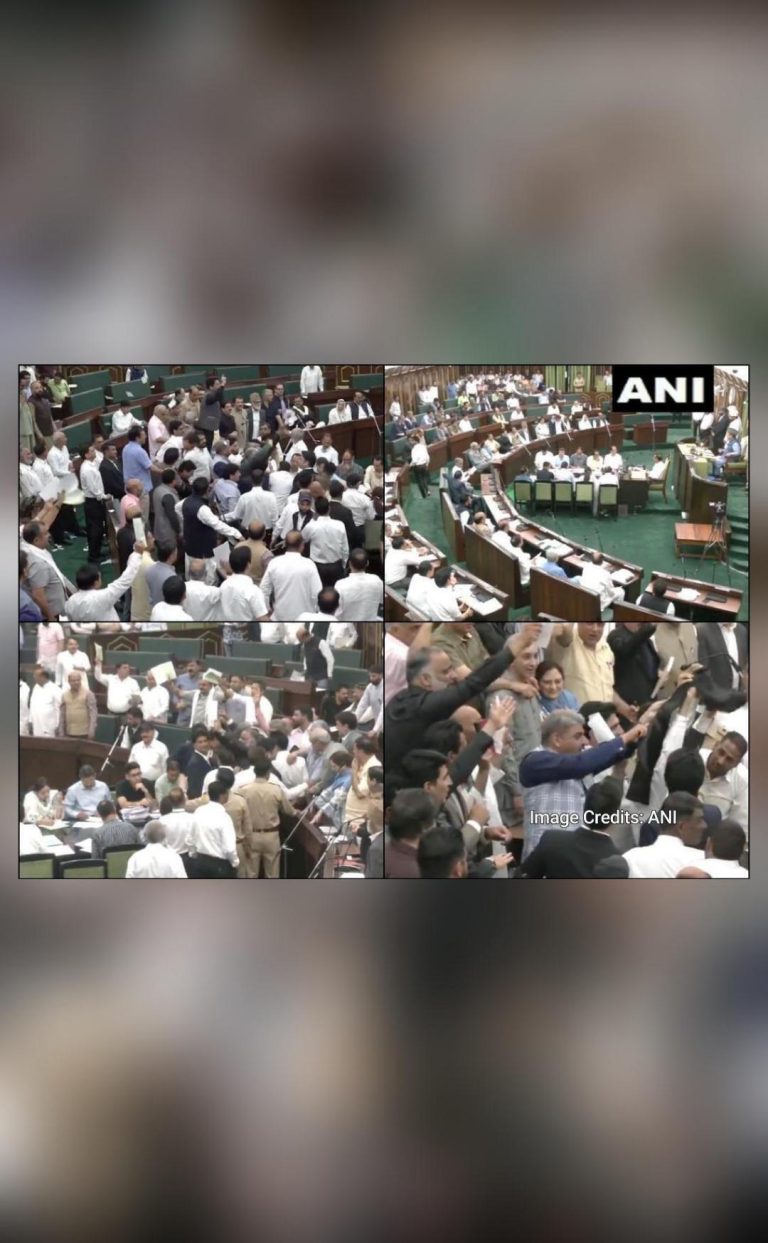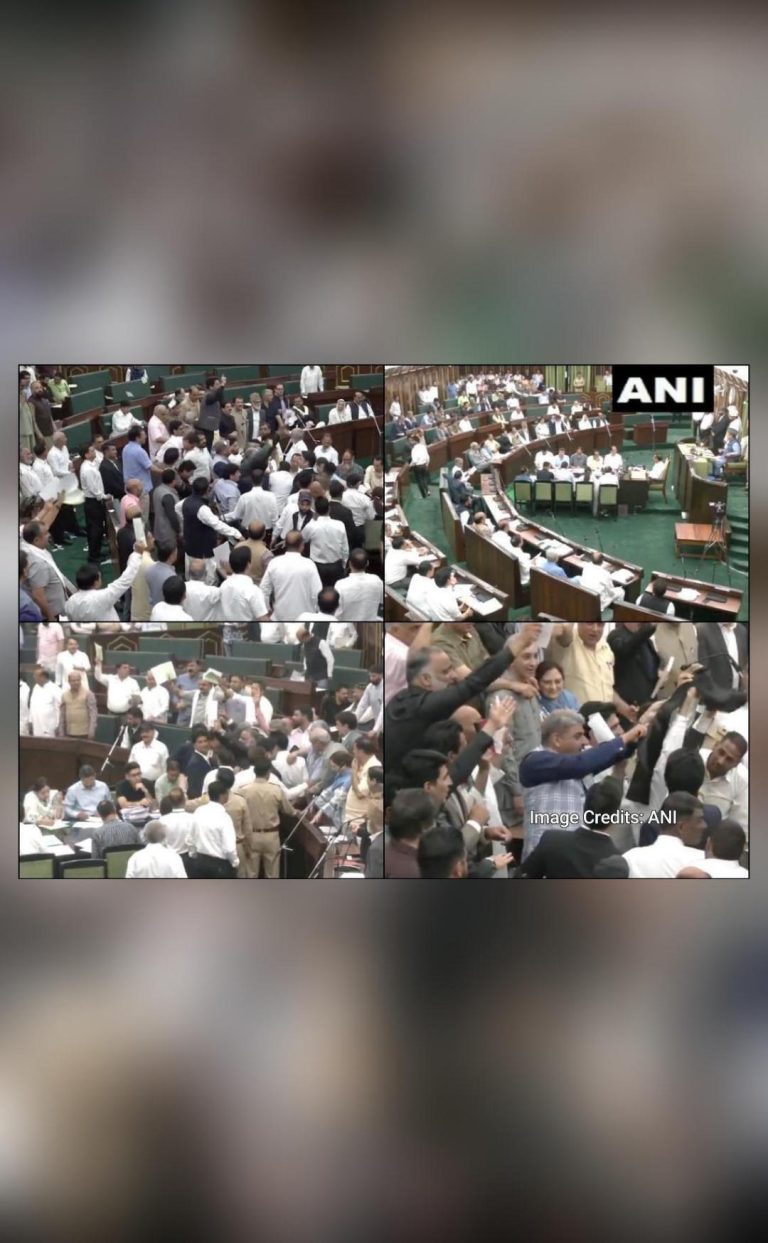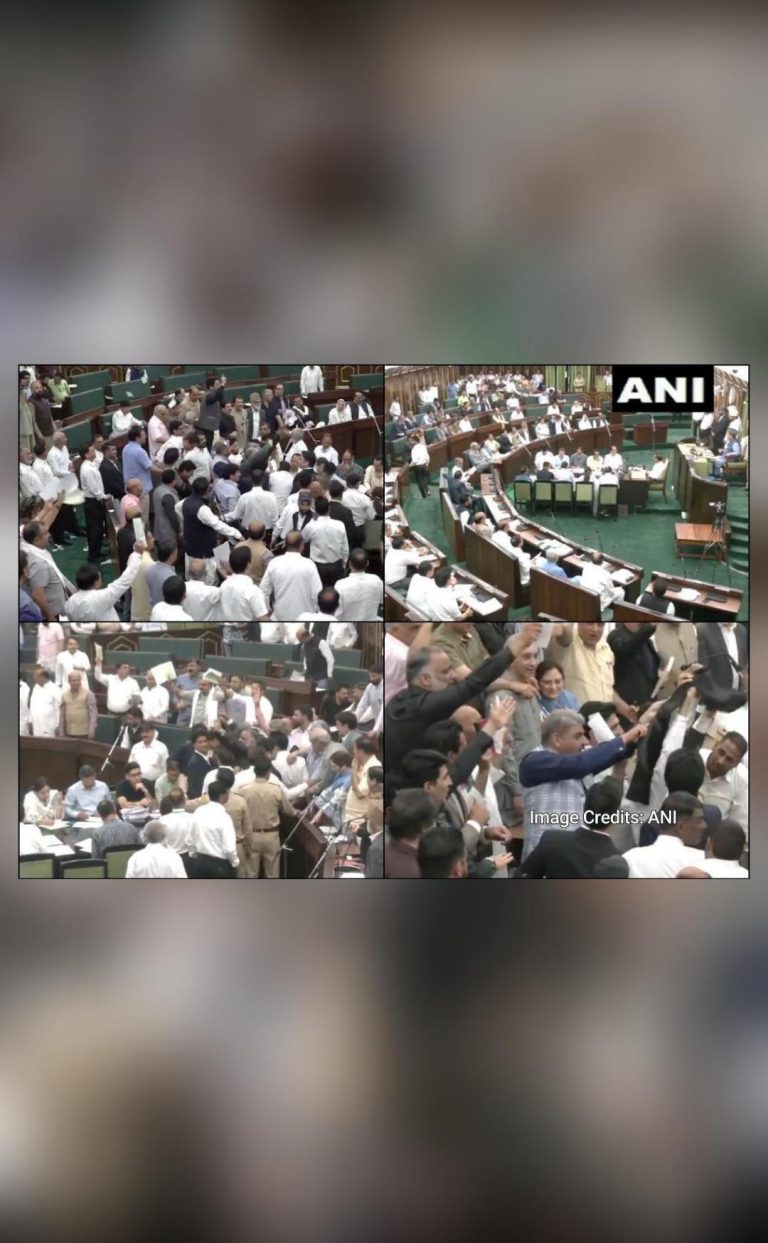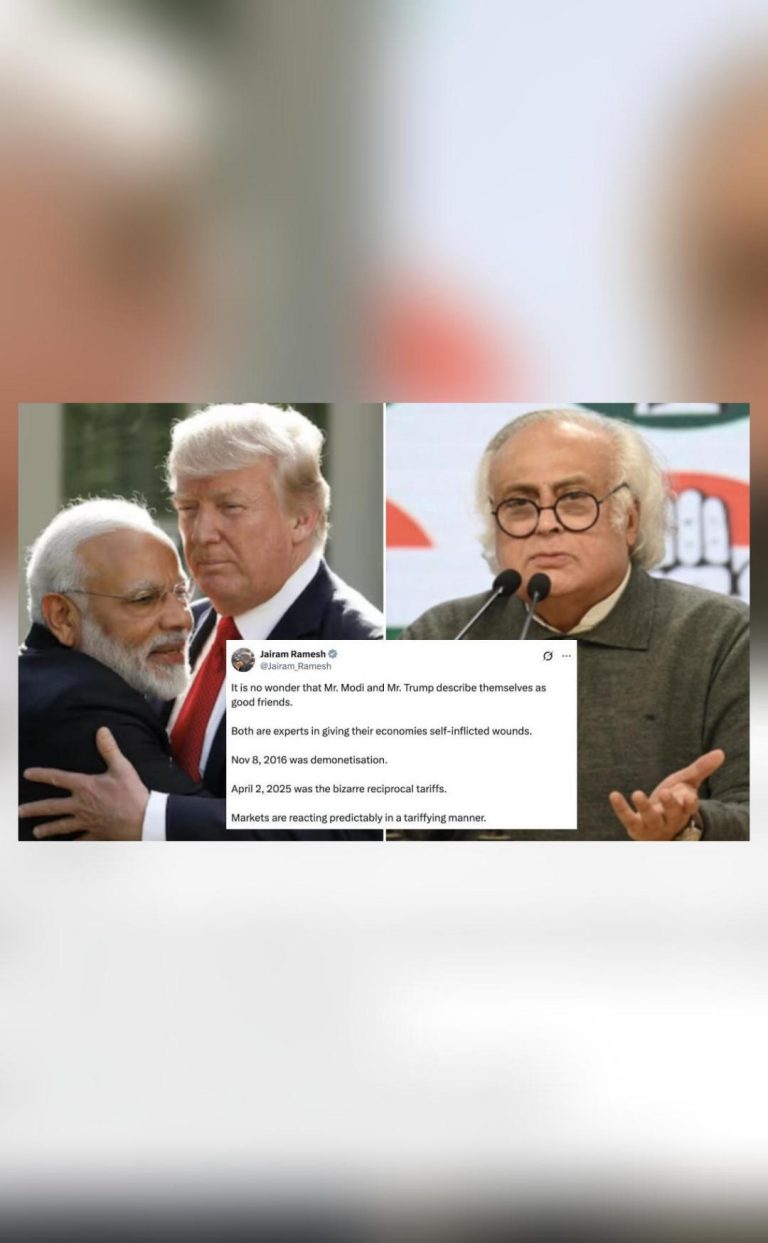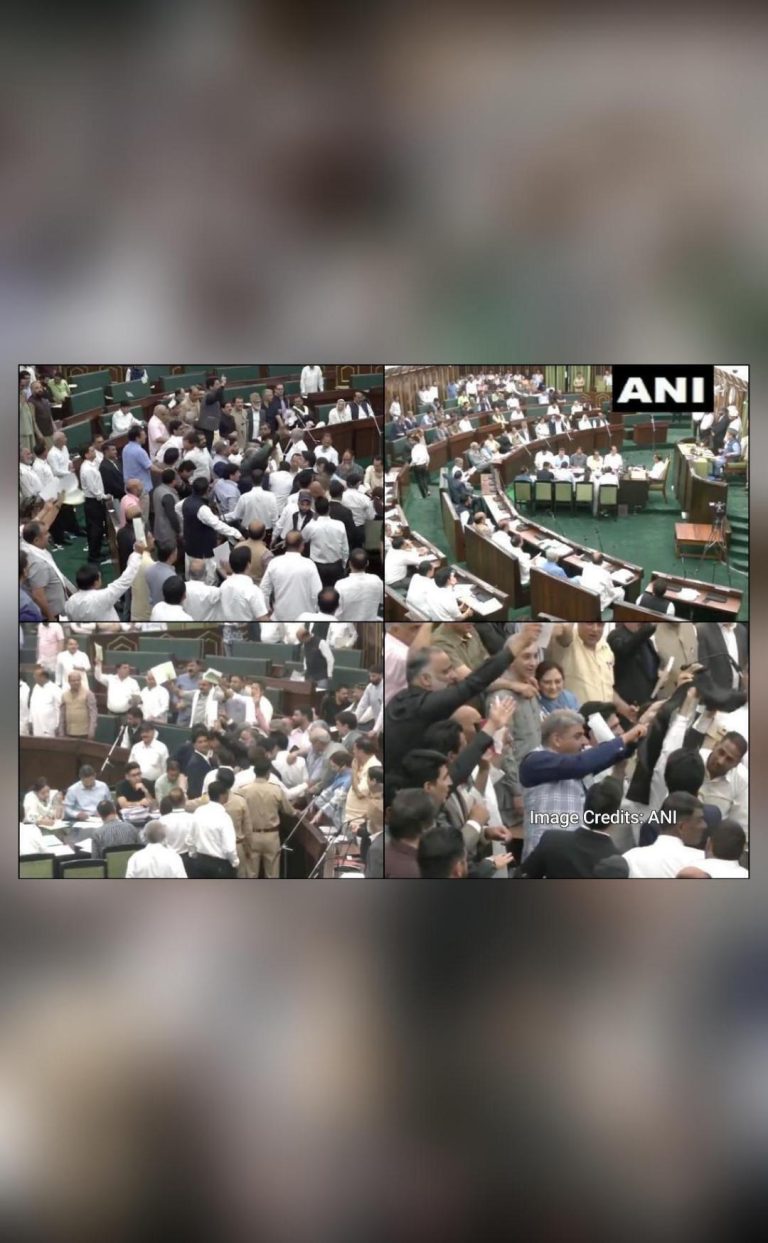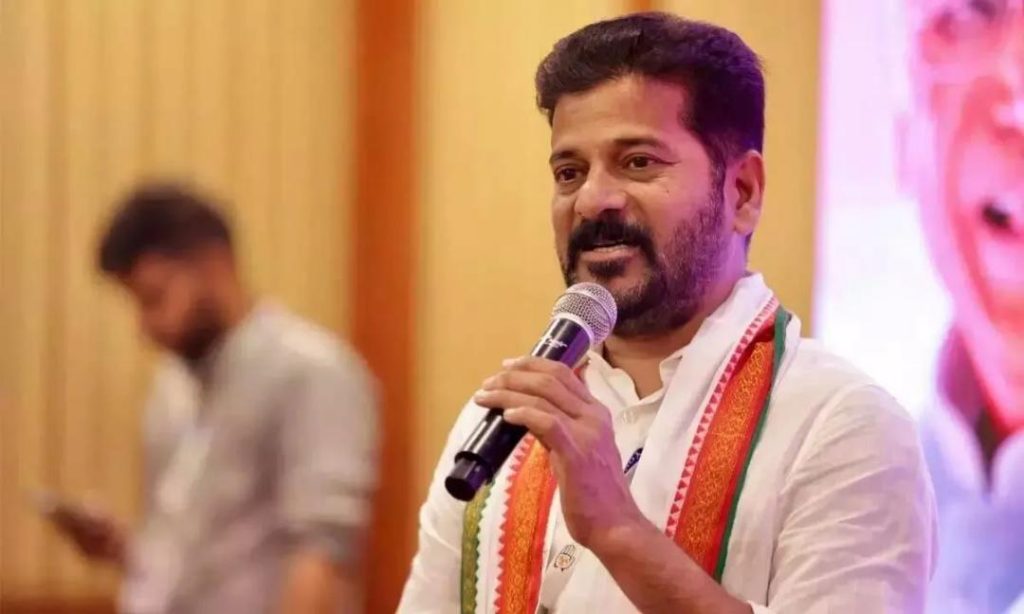
Title: T’gana CM forms panel after SC stops tree felling at 400-acre land
The Telangana government has taken a crucial step to resolve the long-standing issue surrounding the 400-acre Kancha Gachibowli land, located near the University of Hyderabad. After the Supreme Court issued an interim order staying the clearing of the forest land, Chief Minister Revanth Reddy has formed a committee to hold discussions with all stakeholders and find a solution to the problem.
The committee, which was announced by Reddy, will engage in discussions with the University’s Executive Committee, the Joint Action Committee, students, and all other relevant stakeholders. The aim of the committee is to find a mutually beneficial solution that takes into account the interests of all parties involved.
The issue surrounding the Kancha Gachibowli land has been ongoing for several years, with the University of Hyderabad seeking to reclaim the land for its own use. However, the move has been met with opposition from various quarters, including environmental activists and local residents, who have been fighting to protect the forest land.
The Supreme Court’s interim order staying the clearing of the land is seen as a major setback for the university, which had been planning to use the land for various purposes, including the construction of new buildings and facilities. The order has also been welcomed by environmental activists, who have been campaigning to protect the forest land.
The formation of the committee by the Telangana government is seen as a positive step towards resolving the issue. The committee’s mandate is to engage in extensive consultations with all stakeholders and find a solution that is acceptable to all parties involved.
The Kancha Gachibowli land is a sensitive issue that has been debated for several years. The land is home to a large number of trees and is considered a vital habitat for several species of flora and fauna. Environmental activists have been campaigning to protect the land, citing the importance of preserving the natural habitat and the impact that clearing the land could have on the local ecosystem.
The University of Hyderabad, on the other hand, has been seeking to reclaim the land for its own use. The university has argued that the land is surplus and is not being utilized effectively. However, environmental activists and local residents have been opposing the move, citing the potential environmental impact of clearing the land.
The Supreme Court’s interim order staying the clearing of the land has given a reprieve to the environmental activists and local residents, who have been fighting to protect the forest land. The order has also put the Telangana government under pressure to find a solution to the issue.
The committee formed by Reddy will have a tough task on hand, as it will need to engage in extensive consultations with all stakeholders and find a solution that is acceptable to all parties involved. The committee will also need to take into account the interests of the University of Hyderabad, which has been seeking to reclaim the land.
The Kancha Gachibowli land is a complex issue that requires a nuanced approach. The committee formed by Reddy will need to balance the interests of all parties involved, including the university, environmental activists, and local residents. The committee’s success will depend on its ability to engage in effective consultations and find a solution that is acceptable to all parties involved.
In conclusion, the Telangana government’s decision to form a committee to resolve the issue surrounding the Kancha Gachibowli land is a positive step towards finding a solution to the problem. The committee’s mandate is to engage in extensive consultations with all stakeholders and find a solution that is acceptable to all parties involved. The Supreme Court’s interim order staying the clearing of the land has given a reprieve to the environmental activists and local residents, who have been fighting to protect the forest land. The committee’s success will depend on its ability to balance the interests of all parties involved and find a solution that is acceptable to all.
